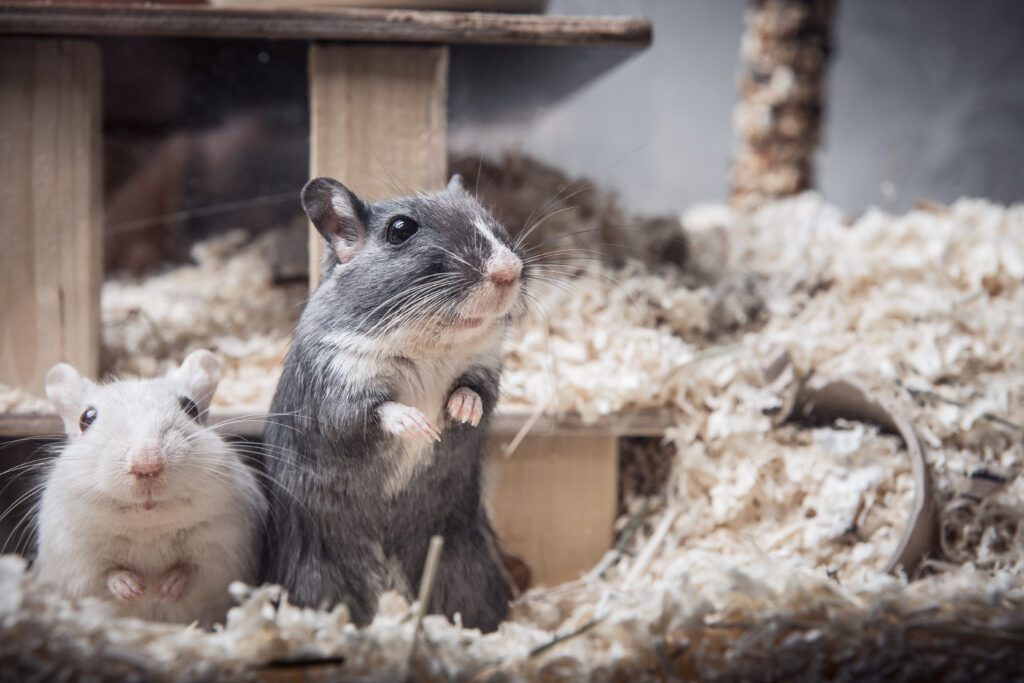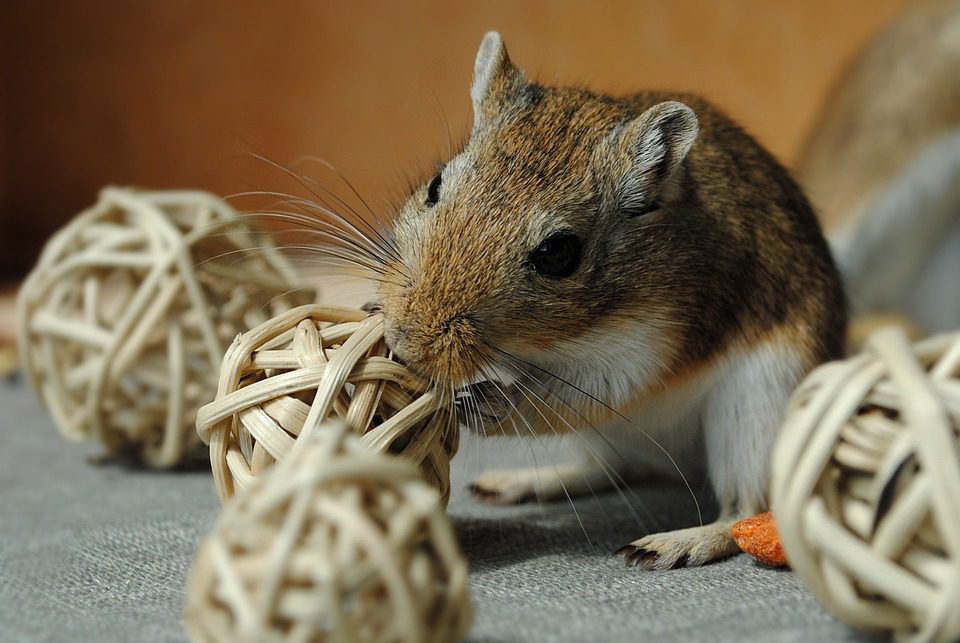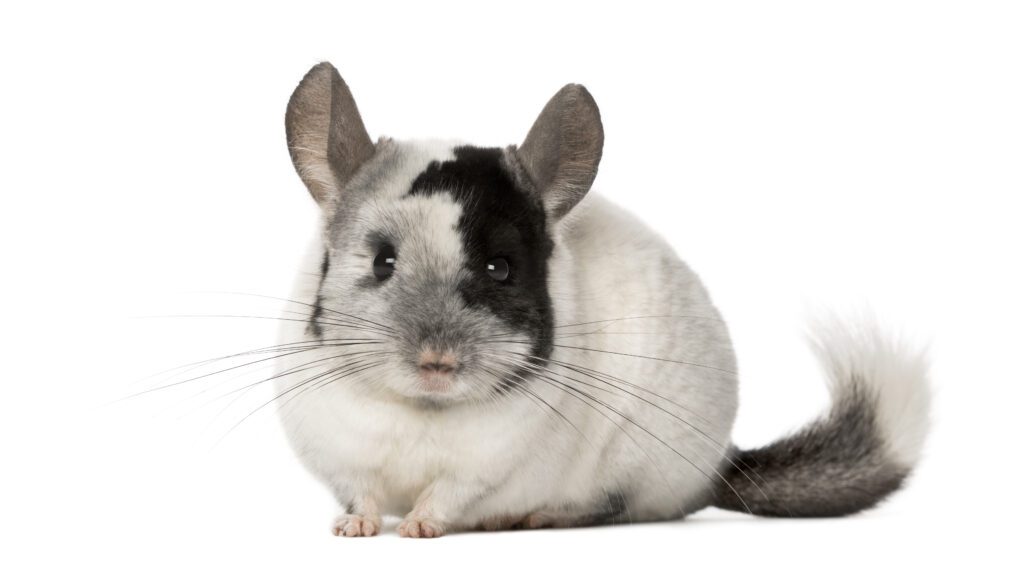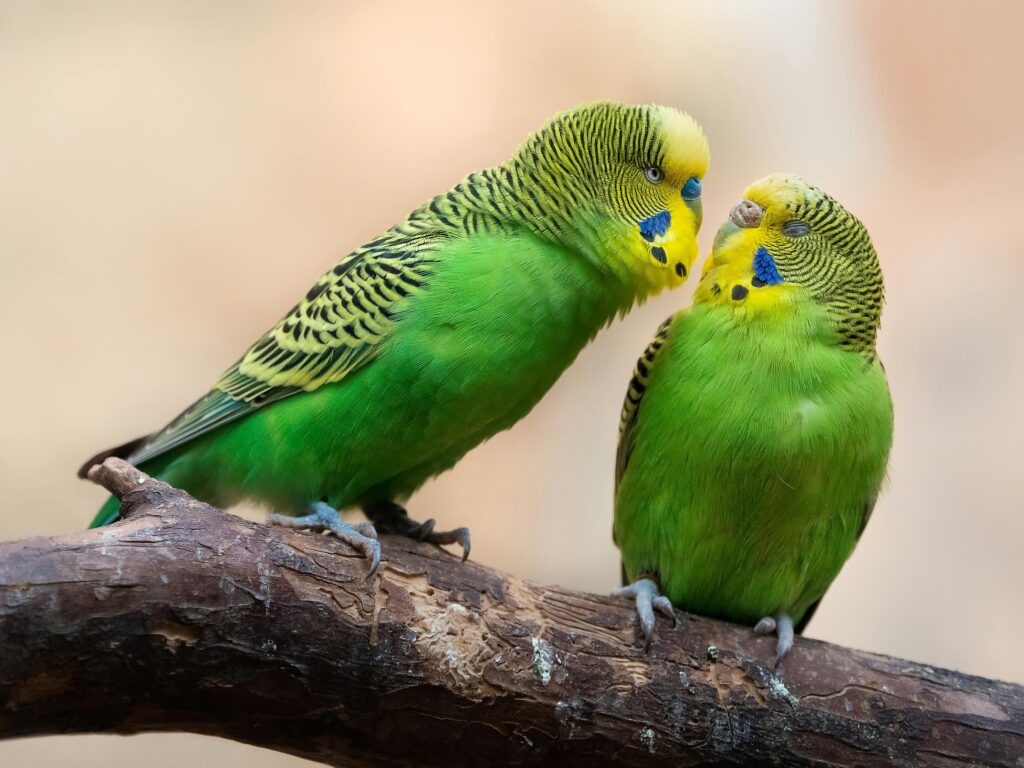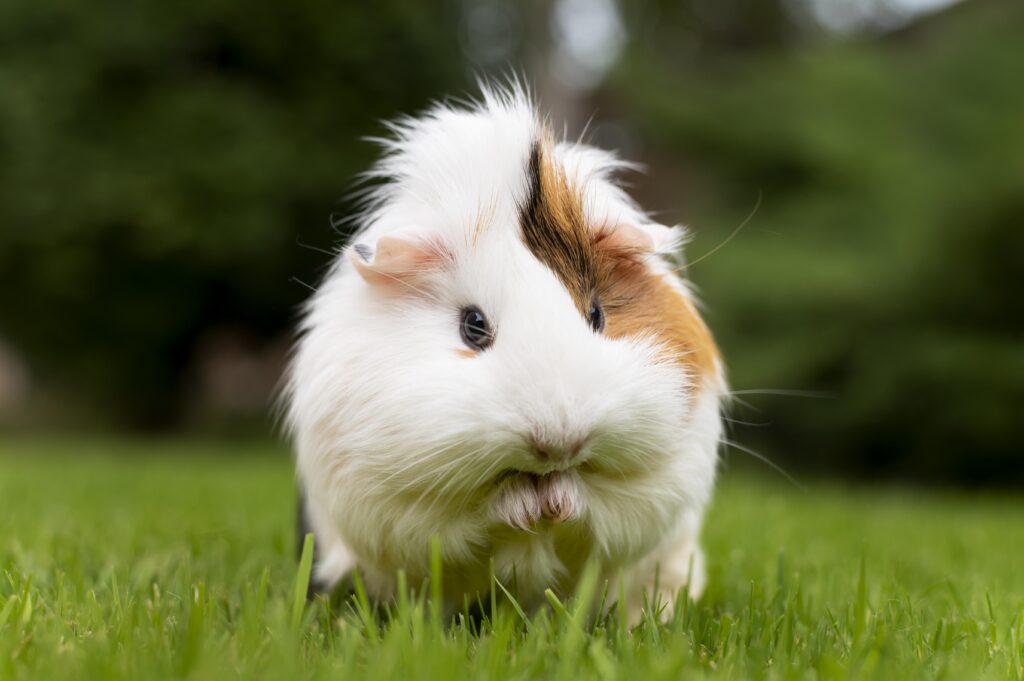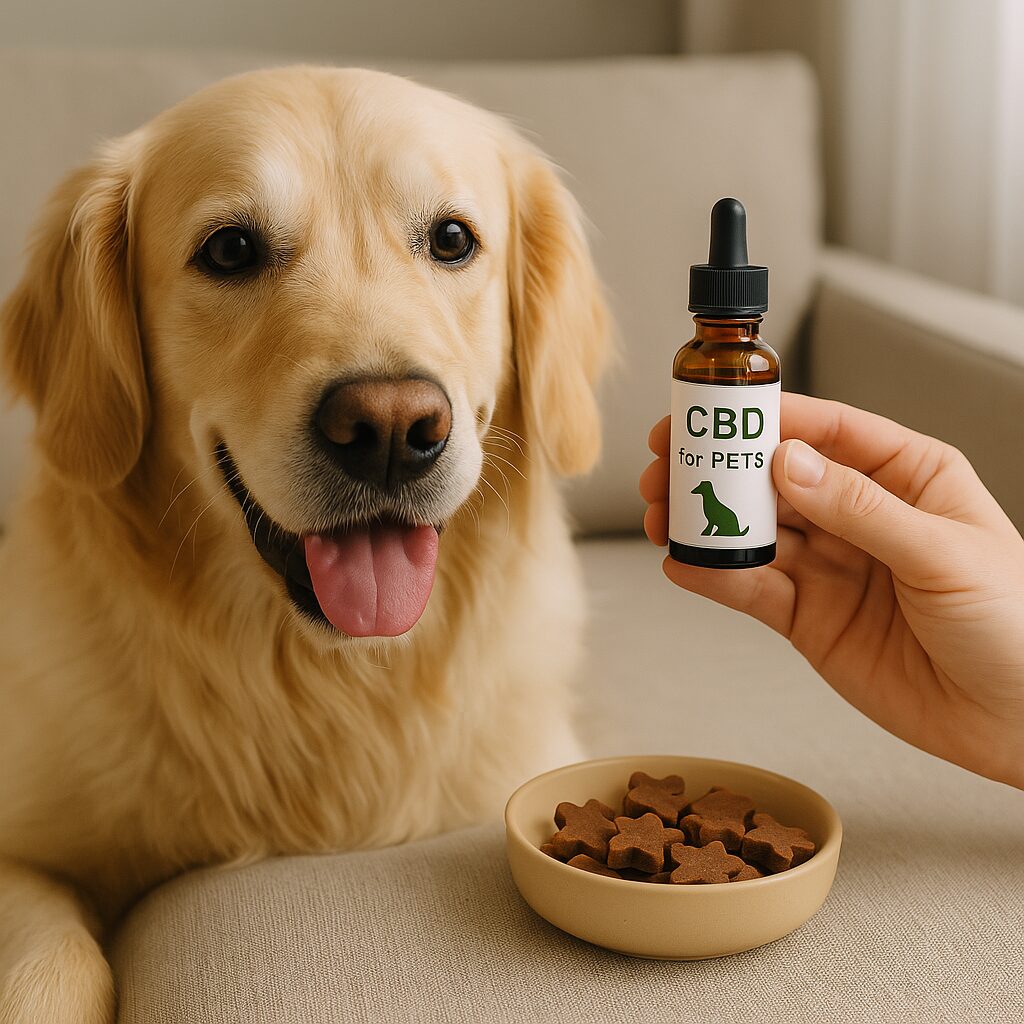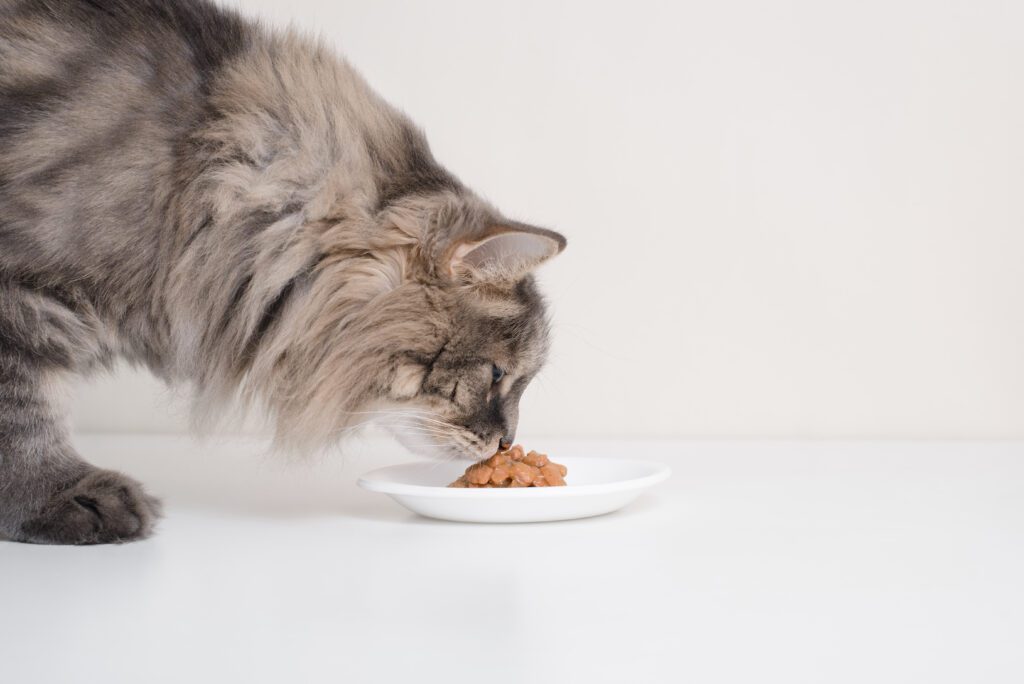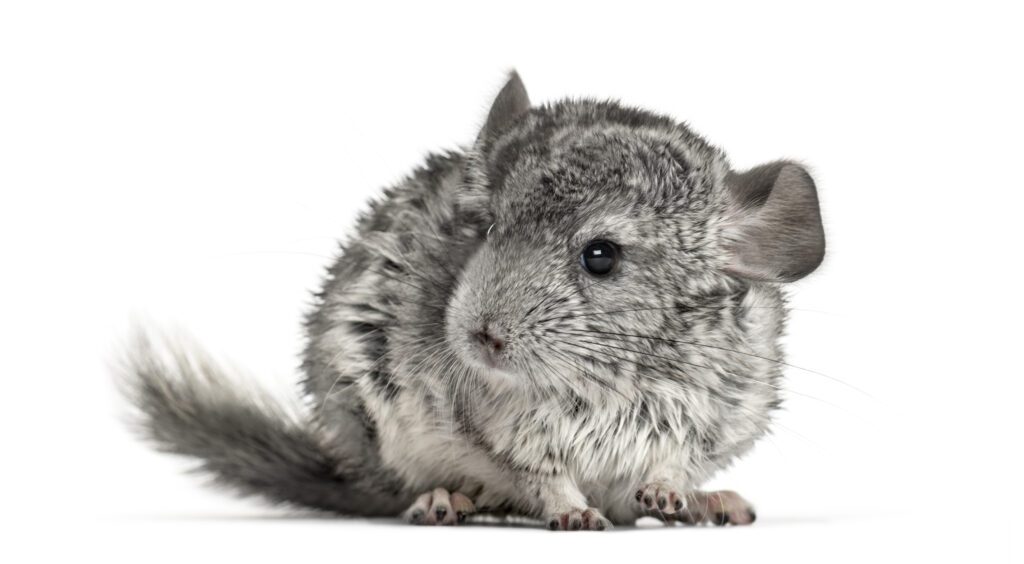10 Interesting Facts About Axolotls
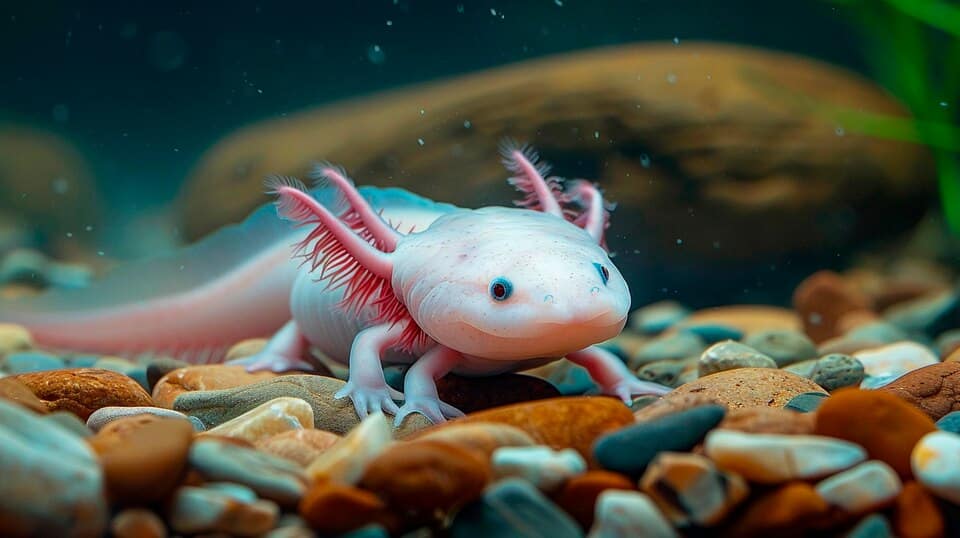
TOPICS COVERED
ToggleWritten By: Shabnaj Yeasmin 5 Minutes read
With those heart-winning, permanently smiling faces and wide-spaced little eyes, Axolotl always remains at the top of the most adorable animal list. However, their appearance is why they’re so popular in the pet world. Besides that, there is much more to learn about this mini creature.
Continuous research on Axolotls has been ongoing for over 200 years, and there is a vast amount of data on the animal to share. So, if you’re here to learn interesting facts about the aquatic salamander that will awaken you, this article has got you covered.
10 Facts about Axolotls
Amphibian Features:
Axolotls are born with gills that sprout from their head. And they breathe through only that until their adulthood. Then, as they grow, their lungs start to develop. Once their lungs are all set,
they can live both on the sand and underwater. But what’s the point? They remain aquatic till death, meaning they don’t live on the land despite developing lungs. Maybe they’re too shy to be around humans.
However, they use their lungs only when they roam around on the water’s surface or sometimes when the Oxygen in the water doesn’t suffice.
Soon to be Extinct:
Sadly, this cute little creature is in danger of extinction. Scientists said there shouldn’t be more than 50 to 1000 Axolotls left in the wild. And, more disappointingly, the number is falling steadily too fast to control.
Luckily, it’s only happening in the wild. A large number of salamanders are in captivity. Many live as pets, in zoos, at stores, and some are at breeding centers, where they protect and study endangered animals. Zoos often take on the responsibility of working as breeding centers.
Again, many organizations are working in Mexico to breed and release Axolotls into ponds and lakes around Xochimilco so we can hope for a better future for this mini creature.
Found in Only One Location on Earth:
Axolotls are too delicate to survive in a diverse environment. They are fond of fresh water and thus inhabit Mexico’s freshwater lakes, Xochimilco and Chalko. Unfortunately, Chalko is no longer inhabitable to this creature as it’s been formed as a flood control measure.
Fewer than 1000 Axolotls live in the wild in Xochimilco. Because of water pollution, the lake environment is also becoming hostile to Axolotls. Hence, the mini creature is highly endangered.
Diverse Colors:
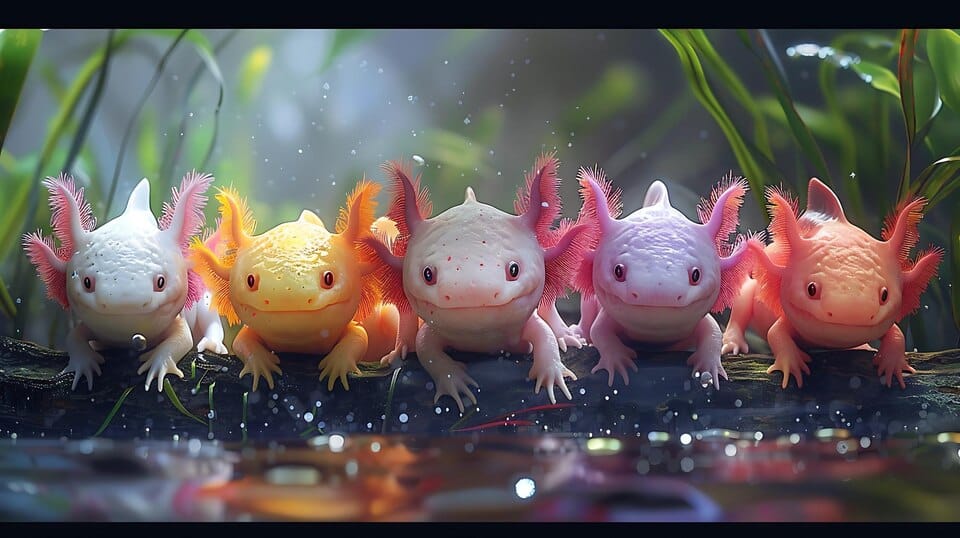
Pink Axolotls are bred by humans for business purposes. Since they look more adorable and sell out faster. Axolotls has many color verity.These aren’t found in the wild. Wild Axolotls are Grey to Brown, Green, and Black and have speckling and iridescence.
These colors help them be hardly detectable in the wild and act as a defense. They can also camouflage their body color and become invisible to protect themselves. Unfortunately, this couldn’t be enough to avoid going extinct.
No Teeth At All:
Have you seen an animal without teeth for life? If your reply is negative, you must haven’t heard much about Axolotls. Be it a baby or an adult, you’ll never see this salamander with teeth.
Although they’re seen growing vestigial teeth during metamorphosis, these teeth are too small to chew food. So, how do Axolotls eat? They swallow their food whole. Did you notice how a vacuum swallows everything in front? It well describes how Axolotls eat.
Wild Axolotls are healthier and less fussy about food, but those in captivity are picky eaters, and if you buy one during the first few weeks, you may have to put extra effort into feeding it properly.
They Can Eat the Limbs of Their Siblings:
Axis snack on the limbs of other Axolotls smaller than their size. So, it’s advised not to keep Axolotls of various sizes in the same tank. Want to learn more about this? Read on.
Newborns are TinyAxolotls. When Newborn siblings aren’t getting enough food, they might eat each other’s limbs as their first meal. Don’t worry; it won’t kill the babies because they’re born with regenerative power.
You may keep these babies separate for the first few days to avoid these fights, ideally until they grow at least 5-6” so they’re big enough not to fight. Providing enough food to these minis daily and night is critical because hungry Axolotls tend to be offensive.
Keeping plenty of decorations in the tank will also help. They create a barrier between baby Axolotls and thus prevent fights.
Regenerative Ability:
Limbs eaten by their buddies sound creepy. That’s until they grow it back with their Super Power. Regenerative abilities are found in only a few creatures, including Axolotls. They can regenerate their completely damaged or eaten limbs, their brain, heart, spine, and whole organs.
Scientists were puzzled by this unique characteristic of Axolotls. They’re using this creature in research and trying to use this ability in human nerve cells and organs.
Lay 1000 Eggs at a Time:
A female Axolotl typically lays 350-1500 eggs at once. They take up to 12-20 hours to start pushing eggs from when they mated with their man. This egg-laying process may take two days to complete, and you’ll find those on the plants and rocks in the tank.
Sounds cool! But it’s also disappointing that even after laying so many eggs during each spawn, why is the creature going extinct in the wild?
We want the answer, and so do the scientists. They’re still trying to figure out the mystery, and we hope it’s soon revealed.
Ability to Adjust Their Body Colour:
Did you know Axolotls bear the Camouflage trait? Camouflage is a defense that enables an organism to change its color and blend in with its surroundings. Yes, you guessed it right, they disguise their appearance when they feel the presence of or detect an enemy.
Axolotls vary from Pink to Green to Brown. While disguising their appearance, they can change their body color to shades lighter or darker.
Axolotls are Salamanders:
Our loving Axolotls are salamanders, although they don’t go through metamorphosis to change their looks and location. Let’s look at another salamander, Tadpole. When a Tadpole becomes an adult, eyelids and a lung are developed. Then, it starts living on the sand for the rest of its life.
However, Axolotls are different and won’t undergo metamorphosis. They don’t grow eyelids, only lungs. After lung development, they don’t even change their location to live in the sand. They prefer to live in water until death. Despite all the differences from other salamanders, Science still marks them as one.
Are Axolotls Good Pets?
Axolotls are becoming a favorite in the pet world because they are easy to care for, feed, and breed salamanders. Once you learn a few essential things about this creature, you can easily buy a tank and an Axolotl and start the journey. No matter what pet you have, there are a lot of things to learn that you can do over time.
However, it’s not recommended to buy a kid an Axel and leave it on him to take care of it. Although they are easy to care for, Axles are too delicate, and a little mistake can create big problems.
Are Axolotls Expensive?
Axolotls are comparatively inexpensive. Though it varies, the cost is never higher than $100. Stores may charge you around $100 for adult and available species. Let’s talk about Piebalds which are quite rare and expensive, if you’re buying a healthy, young Piebald, you have to pay more than those that are available everywhere.
Again, adults are more expensive than baby Axolotls because of the maintenance they require. Baby Axolotls are often fussy eaters and won’t just eat anything you put in the tank. Also, they need more food which should be provided throughout the day. Hence, the maintenance of baby Axolotls are more expensive than adults.
Are Axolotls Social Animals?
Nope, they aren’t. They are solitary animals and they’re done with the world. So owners leave them alone in the tank; you must have noticed it before, right?
No wonder why they keep biting each other. If you leave a small Axolotl with an adult, you won’t get to see the smaller one the next morning. Yes, adults eat small Axolotls. Couldn’t it be a reason why Axolotls are going extinct in the wild?
Anyway, If you want to buy a friend for your pet, just buy someone similar in size. So that none will try to swallow each other. Besides that, make sure you never leave them hungry. A female and a male mate during the breeding season and that’s only when you can see them in a romantic mood.
Which is the Rarest Axolotl Color?
If you have seen your friends and family having Axolotls then you must know Blue Axolotls are extremely rare. This morph is known as Melanoid and is bred by humans. The color gives it an attractive and adorable look that anybody goes surprised on seeing it. So having it as a pet is a dream for many Axolotl enthusiasts.
The color varies from Blue to dark blue with no speckles over the body. Melanoid morph has gills that are relatively darker than their body color which can be Blue to dark Blue. It’s blue because it can’t produce iridophores, which contributes to skin colors, and it also produces a very low level of Xanthophores.
They have a very low chance of spawning, both naturally or via breeding that makes it so rare. Even when they spawns there’s a chance for you to have only one Blue Axolotl out of 1200. Does it make sense how rare it is? However, it varies store to store depending on how healthy and young the Blue Axolotl is. But it shouldn’t charge you more than $200-$300.
Can I Touch My Baby Axolotl?
Axolotl skin is very delicate and you have to be cautious with the maintenance. Their whole body is designed with cartilage with some little, weak bones.
Again, Axolotls can get scared easily. It causes them immense stress each time you touch it, so it weakens their immune system and they’re more prone to diseases. So it’s best if you don’t touch them often.
Otherwise, Axolotls don’t have any poisonous or harmful bacteria on their skin to harm humans.
Are Wild Axolotls Good as Pets?
If you’re looking for a low maintenance pet and don’t have the interest to interact with it, Axolotls can make a good pet. Axolotls hate it when you try to touch it again and again, but love to engage when someone comes around the tank to observe it.
It doesn’t matter if it’s wild or captive, Axolotls require the same maintenance. Wild Axolotls are better than Captive ones as they are less fussy eaters.
If you can provide fresh water and can keep the water temperature around 16 to 18 degree Celsius, you can consider having it as a pet.

